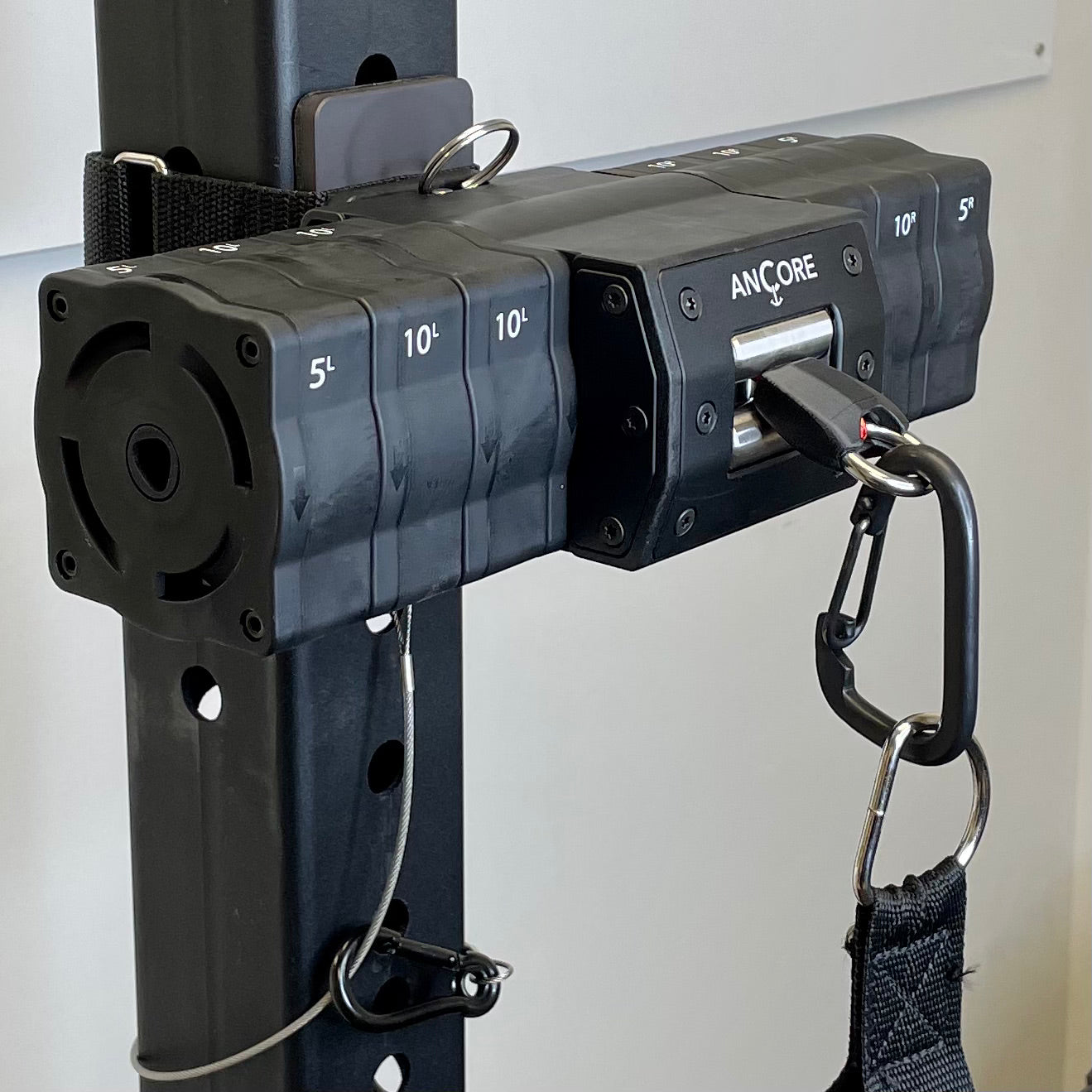Articles
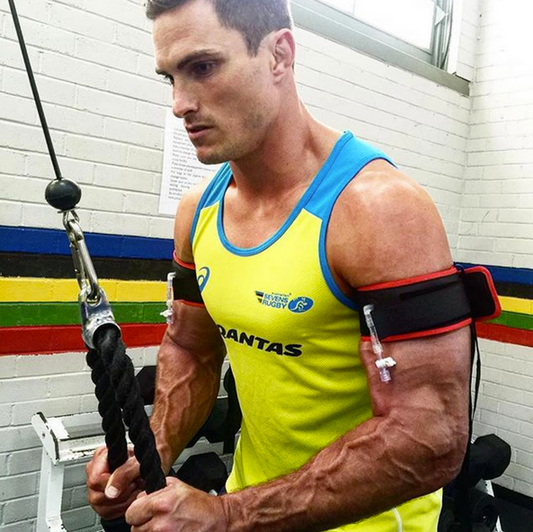
How Occlusion Training Is The Next Big Fitness ...
From time to time, we'll hear of "the latest innovation in fitness" that claims to change the way we'll workout forever. More often than not, these cutting-edge developments either never come to...
How Occlusion Training Is The Next Big Fitness ...
From time to time, we'll hear of "the latest innovation in fitness" that claims to change the way we'll workout forever. More often than not, these cutting-edge developments either never come to...
Read More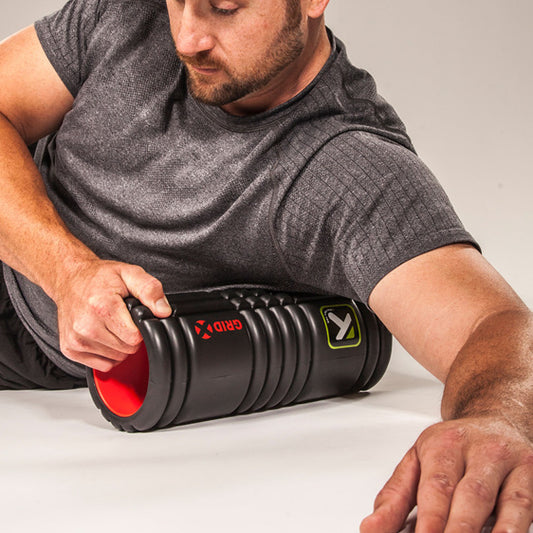
Do foam rollers actually do your body any good?
Foam rolling was once for professional athletes only. These days it’s hard to walk into a gym without tripping over somebody rolling around on a neoprene tube.Dedicated classes in hip...
Do foam rollers actually do your body any good?
Foam rolling was once for professional athletes only. These days it’s hard to walk into a gym without tripping over somebody rolling around on a neoprene tube.Dedicated classes in hip...
Read More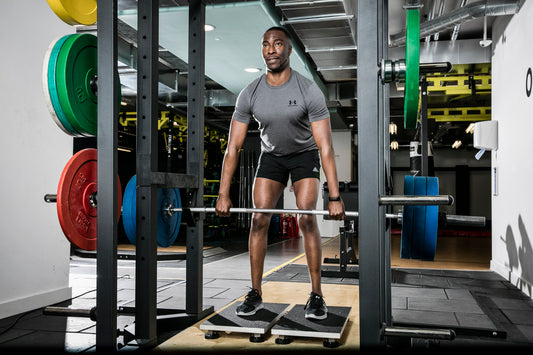
Asymmetries in Isometric Force-Time Characteris...
Abstract Asymmetries in isometric force-time characteristics are not detrimental to change of direction speed. J Strength Cond Res 32(2): 520-527, 2018 The purpose of this study was to determine the...
Asymmetries in Isometric Force-Time Characteris...
Abstract Asymmetries in isometric force-time characteristics are not detrimental to change of direction speed. J Strength Cond Res 32(2): 520-527, 2018 The purpose of this study was to determine the...
Read More
The influence of fatigue on decision-making in ...
Abstract A potential challenge associated with sports is that athletes must often perform the cognitive processing associated with decision-making (i.e., movement selection) when fatigued. The purpose of this systematic review...
The influence of fatigue on decision-making in ...
Abstract A potential challenge associated with sports is that athletes must often perform the cognitive processing associated with decision-making (i.e., movement selection) when fatigued. The purpose of this systematic review...
Read More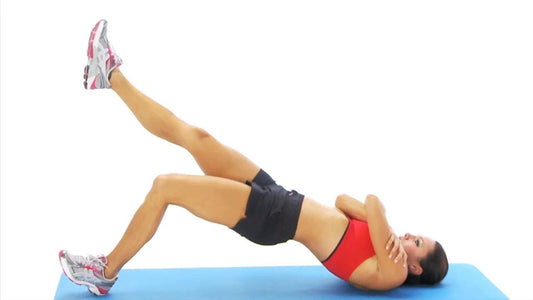
Are there two forms of isometric muscle action?...
Are there two forms of isometric muscle action? Results of the experimental study support a distinction between a holding and a pushing isometric muscle function Abstract Background: In isometric muscle...
Are there two forms of isometric muscle action?...
Are there two forms of isometric muscle action? Results of the experimental study support a distinction between a holding and a pushing isometric muscle function Abstract Background: In isometric muscle...
Read More
Scheduling of Eccentric Lower-limb Injury Preve...
Abstract Scheduling eccentric-based injury prevention programs (IPP) during the common 6-day micro-cycle in Soccer is challenged by recovery and tapering phases.This study profiled muscle damage, neuromuscular performance, and perceptual responses...
Scheduling of Eccentric Lower-limb Injury Preve...
Abstract Scheduling eccentric-based injury prevention programs (IPP) during the common 6-day micro-cycle in Soccer is challenged by recovery and tapering phases.This study profiled muscle damage, neuromuscular performance, and perceptual responses...
Read More